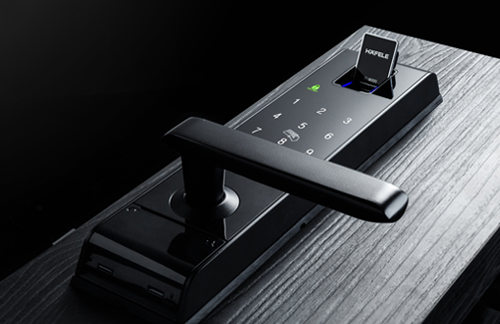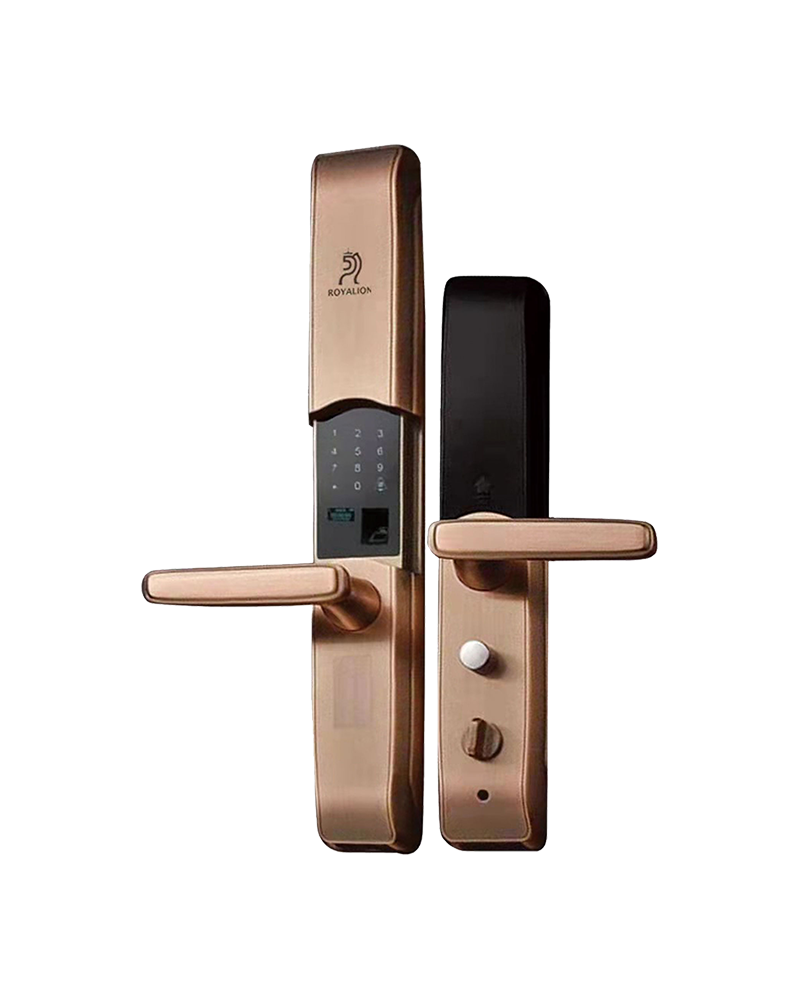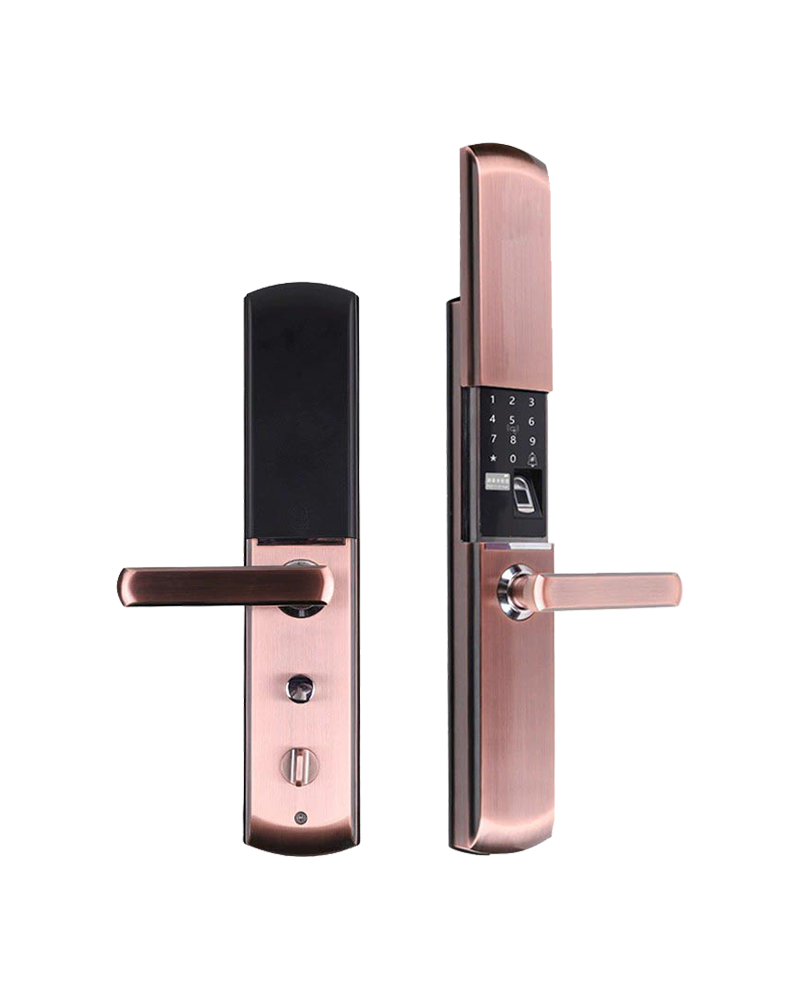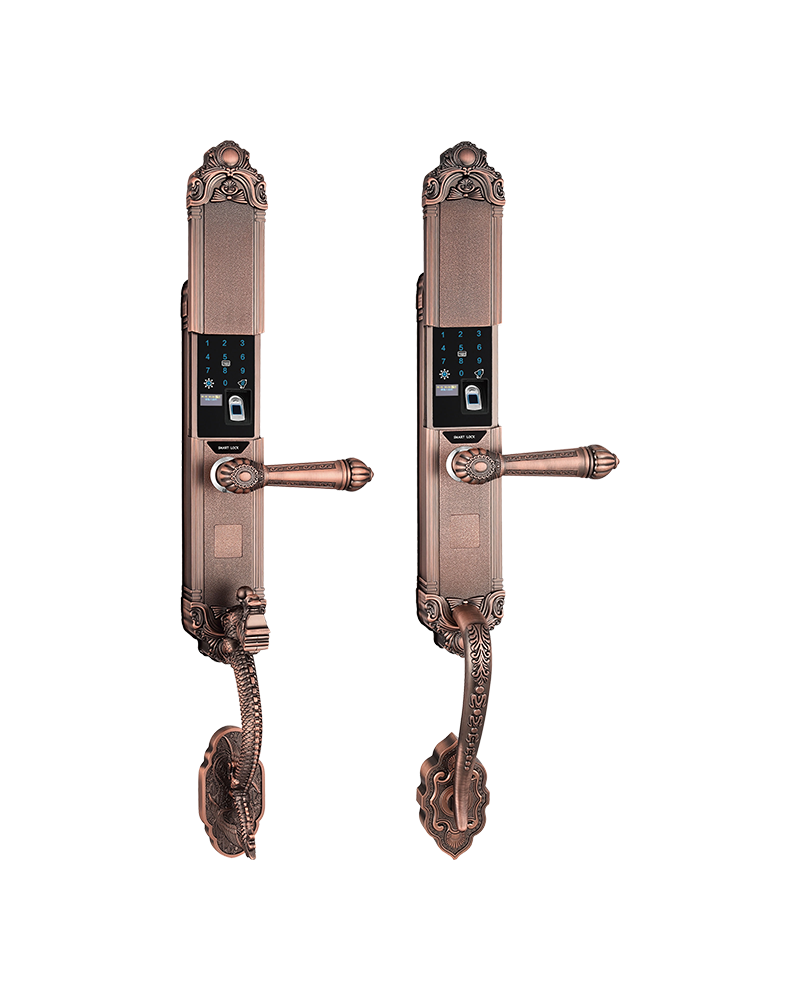As urban living becomes more fast-paced and security-conscious, homeowners and renters alike are increasingly turning to smart solutions to safeguard their properties. One standout innovation gaining attention is the Intelligent Fingerprint Lock, a modern approach to access control that combines convenience with advanced technology.

Cities around the world are witnessing a shift in how people protect their homes. Traditional key-and-lock systems are gradually being replaced by devices that offer more intuitive entry methods. A growing number of apartments and houses now feature a fingerprint door handle, allowing residents to unlock their doors with just a touch. This biometric system eliminates the need to carry physical keys, a benefit that resonates strongly with urban dwellers who value both efficiency and reduced risk of key loss.
The appeal of the Intelligent Fingerprint Lock lies in its ability to store multiple fingerprints, granting access to all authorized users without the need for duplicates or code sharing. Families, roommates, and even service providers can each have their own fingerprint registered, making entry seamless and personalized. Additionally, many of these devices feature tamper alerts and activity logs, giving users more visibility into when and how their doors are being accessed.
Security concerns in densely populated areas have played a major role in the rising demand for smart locks. With frequent foot traffic, shared hallways, and multi-tenant buildings, there is a growing interest in access systems that are harder to bypass. A fingerprint door handle adds a layer of protection that is difficult to replicate without the owner’s physical presence. Unlike numeric keypads or cards, fingerprints are unique and non-transferable, reducing the chances of unauthorized entry.
Another factor driving adoption is the integration of smart home ecosystems. Many Intelligent Fingerprint Lock models are compatible with mobile apps, smart speakers, and home automation systems. This allows users to remotely manage access, receive notifications, and monitor their security status in real time. For busy city residents who may be away from home frequently, this connectivity provides peace of mind and greater control over household security.
While early versions of the fingerprint door handle were limited in design or performance, today’s models offer improved responsiveness, better battery life, and sleeker aesthetics to match modern interiors. These advancements make them a more attractive option for both new construction and home renovation projects. The adoption is not limited to residential buildings either—many small offices, co-working spaces, and short-term rentals are also installing fingerprint-based locks to streamline access and reduce administrative tasks.
Affordability has also become more favorable. As production scales and competition grows, more households now have access to these advanced systems. The result is a wider demographic embracing the Intelligent Fingerprint Lock, including younger renters, working professionals, and tech-savvy retirees looking to simplify their daily routines.
In terms of installation and setup, lots of models are designed for straightforward integration with existing door structures. DIY installation is common, especially in newer apartments where tenants prefer quick and reversible upgrades. The convenience of being able to unlock a door with just a fingerprint is a powerful motivator, especially for those juggling work, family, and urban commutes.
The popularity of the Intelligent Fingerprint Lock and fingerprint door handle continues to grow as users become more familiar with biometric technology and its practical benefits. It is no longer viewed as a futuristic luxury but rather as a viable, everyday tool in urban living. As cities evolve and personal safety remains a priority, these smart locks are positioned to become a standard feature in modern home design.

 English
English Español
Español



